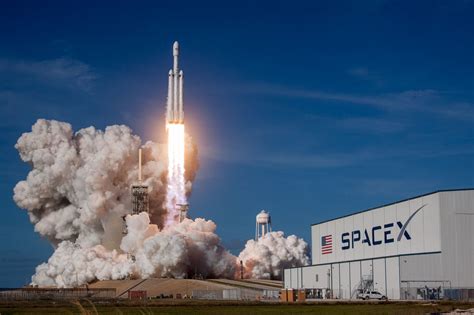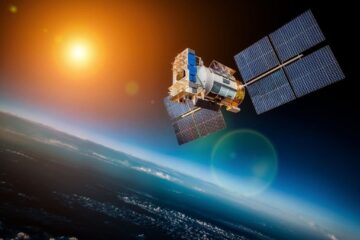
SpaceX’s Starlink constellation has exploded in scale since its debut in 2019. As one of the world’s most ambitious space projects, Starlink aims to provide global broadband coverage using thousands of low‑Earth orbit (LEO) satellites. In this post, we’ll explore:
- Exactly how many Starlink satellites are currently in orbit
- Launch history and recent deployment pace
- Operational vs inactive satellites
- Environmental impact and collision risks
- What’s next for Starlink and its mega‑constellation goals
1. Current Number of Starlink Satellites in Orbit
According to multiple authoritative sources:
- As of June 26, 2025, there were approximately 7,875 Starlink satellites in orbit, with 7,855 actively working
- By July 2025, Statista reports about 7,788 active satellites, making up over half of all active satellites in orbit
- Spaceflight historian Jonathan McDowell estimates around 8,015 satellites launched, 7,995 in orbit, and 6,938 operational as of July 19, 2025 .
Given the close alignment of these metrics, it’s safe to state that Starlink now operates around 7,800–7,900 active satellites, with between 6,900 and 7,900 operational depending on source.
2. Launch History & Recent Deployment Pace
Rapid Growth in 2025
- In just the first half of 2025, SpaceX performed 42 Starlink launches, deploying 1,029 satellites—averaging over 250 per month .
- Typical payload size per launch in early 2025 is 20–28 satellites, often using the Falcon 9 reusable booster .
Total Launches to Date
- SpaceX has launched over 9,200 Starlink satellites total
- Of those, about 1,220 have failed or been deorbited, leaving approx. 8,000 still in orbit, with slightly fewer in active service
3. Operational vs Inactive Satellites
Defining the Terms
- Launched: Total hardware SpaceX has sent to orbit.
- In orbit: Still circling Earth (whether active or not).
- Working / Operational: Fully functional satellites delivering broadband service.
Current Figures
- 8,015 in orbit, of which 7,995 are working, and approximately 6,938 classified as operational per McDowell’s report
- Other sources put the count at around 7,788 to 7,875 active, with a small subset inactive or reserved.
These differences stem from counting methodologies — whether “operational” refers to available to customers versus still maneuverable or functional.
4. The Bigger Picture: Earth Orbit & Starlink’s Share

- As of mid‑2025, Earth hosts about 11,700 active satellites, and roughly 14,900 including inactive “graveyard” satellites.
- Starlink alone accounts for 60–65% of all active satellites, making it by far the largest constellation in LEO
- As of early 2025, McDowell reported that Starlink made up approximately 2/3 of all operational spacecraft Financial Times.
5. Why These Numbers Matter: Key Impacts
A. Collision Risks & Space Debris
- With so many satellites, risks rise: SpaceX satellites performed 50,000+ collision-avoidance maneuvers between Dec‑May 2024, doubling from prior periods
- Autonomous avoidance is triggered at a probability threshold of 1 in 1,000,000, stricter than the industry standard of 1 in 10,000 Wikipedia.
B. Kessler Syndrome Warnings
- Scientists warn of Kessler syndrome—a cascading collision chain reaction—increasingly possible if LEO becomes too crowded
- Starlink satellites deorbit within five years of end-of-life to mitigate long-term risk
C. Astronomy & Sky Pollution
- Bright Starlink satellites interfere with telescope observations, prompting SpaceX to add anti-reflective coatings and design changes to dim brightness .
- Astronomers predict up to 10% of images from surveys like the Vera Rubin Observatory may include satellite streaks at constellation scale ~40,000 satellites
6. Looking Ahead: Starlink’s Ambitions & Next Phases
Goals & Regulatory Approvals
- Starlink has FCC approval for 12,000 satellites, with plans for as many as 42,000 in total across multiple generations
Generational Upgrades
- The new “V2 Mini” Gen‑2 satellites, weighing ~800 kg and with greater capacity (including direct-to-cell capabilities), are being deployed—the FCC has approved up to 7,500 of these so far .
Competition & Expanded Constellations
- Rivals like Amazon’s Project Kuiper, China’s Guowang/SpaceSail, OneWeb, and Telesat plan constellations collectively exceeding 50,000 satellites
If all go forward, LEO could host 100,000+ satellites, reshaping space traffic and governance.



1 Comment
Rajesh Kumar · August 8, 2025 at 2:33 pm
Very good study material